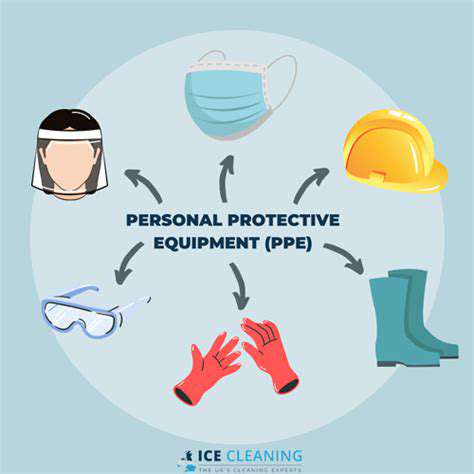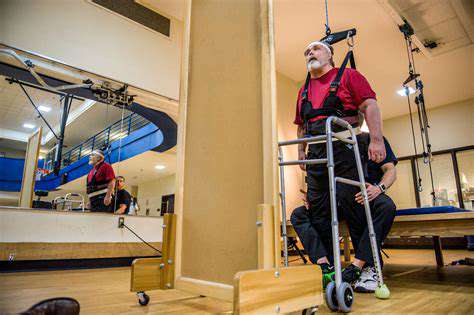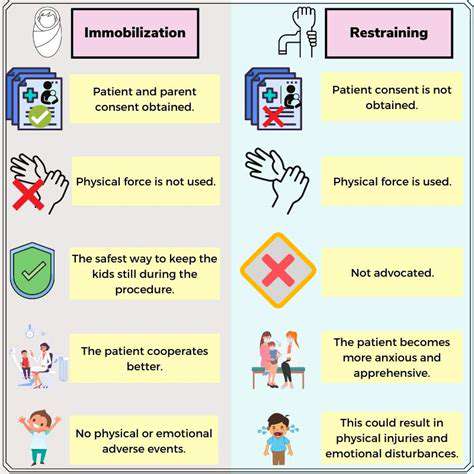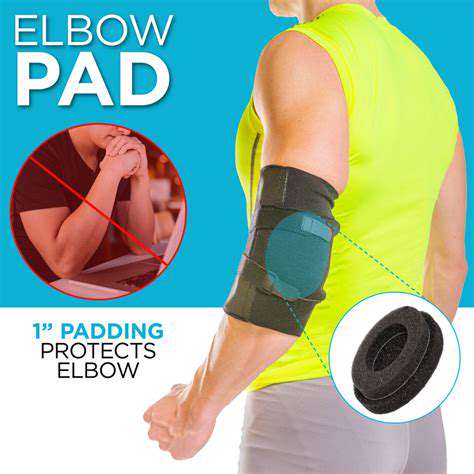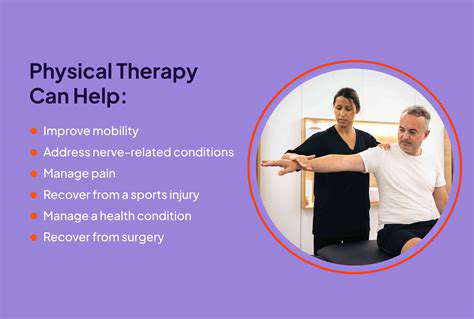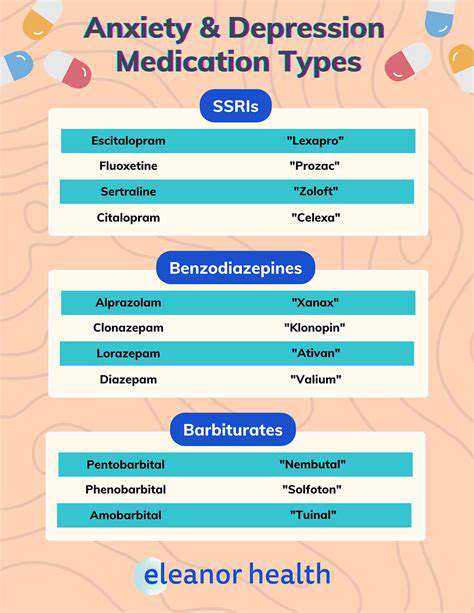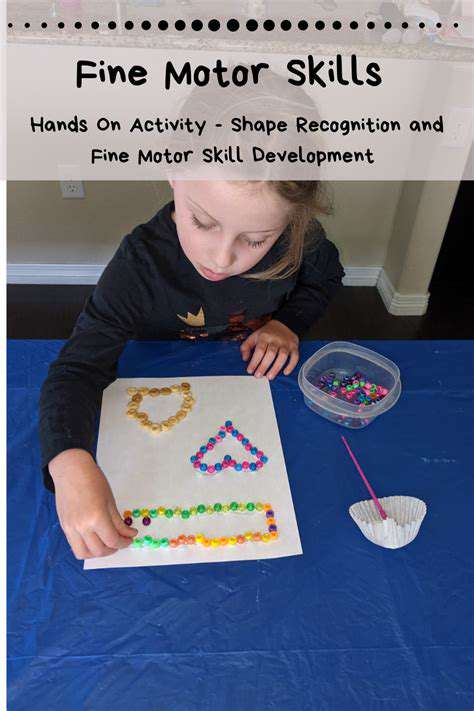Top 10 Tips for Preventing Hand Injuries in the Workplace

3. Ergonomic Design and Workspace Optimization
Ergonomic Keyboard and Mouse Selection
Choosing the right keyboard and mouse is crucial for preventing hand injuries. Ergonomic keyboards, designed with a split layout or adjustable tilt, can reduce strain on the wrists and hands. Look for features like adjustable height, a comfortable key spacing, and a non-slip surface. Similarly, an ergonomic mouse with a contoured shape and adjustable weight distribution can minimize strain on the wrist and hand muscles. Properly sized and positioned peripherals can greatly impact overall comfort and reduce the risk of repetitive strain injuries.
Optimal Desk Setup and Posture
Maintaining proper posture and a well-organized workspace can significantly reduce the risk of hand injuries. Ensure your desk is the appropriate height for your body, allowing your forearms to rest parallel to the floor when typing. A supportive chair with lumbar support is essential for maintaining a healthy spine alignment, avoiding hunching, and promoting a relaxed posture. Keep frequently used items within easy reach to minimize unnecessary reaching and twisting motions.
Wrist and Hand Rest Support
Using wrist and hand rests can provide crucial support and reduce strain on these delicate areas. Look for wrist rests that are properly contoured to fit the natural curve of the wrist, preventing unnecessary bending or straightening. Hand rests can also be beneficial, particularly for prolonged typing sessions, by providing cushioning and support for the palms and fingers. Incorporating these supports into your workspace can significantly reduce the risk of carpal tunnel syndrome and other wrist-related injuries.
Regular Breaks and Movement
Taking regular breaks is vital for preventing hand fatigue and injuries. Every 30-60 minutes, get up from your desk and move around. Simple stretches, like wrist circles and finger extensions, can help loosen up muscles and prevent stiffness. Even a short walk around the office can significantly improve circulation and reduce the risk of developing hand or wrist problems. These short breaks can make a big difference in preventing long-term issues.
Proper Hand Position and Techniques
Maintaining a neutral hand position while typing or using a mouse is essential for minimizing strain. Avoid bending or twisting your wrists excessively. Focus on keeping your wrists straight and aligned with your forearms. Proper typing techniques, such as using your fingers instead of your whole hand, can also reduce stress on your wrists and hands. Learning and practicing these techniques can prevent recurring strain injuries.
Regular Checkups and Professional Advice
If you experience persistent pain or discomfort in your hands, wrists, or forearms, consult a doctor or physical therapist. Early intervention can prevent the progression of injuries and help you develop strategies for managing pain and discomfort. Professionals can provide tailored advice on ergonomic adjustments, stretches, and exercises to improve your posture and hand health. Seeking professional guidance can prevent further complications and help you create a sustainable, injury-free work environment.
